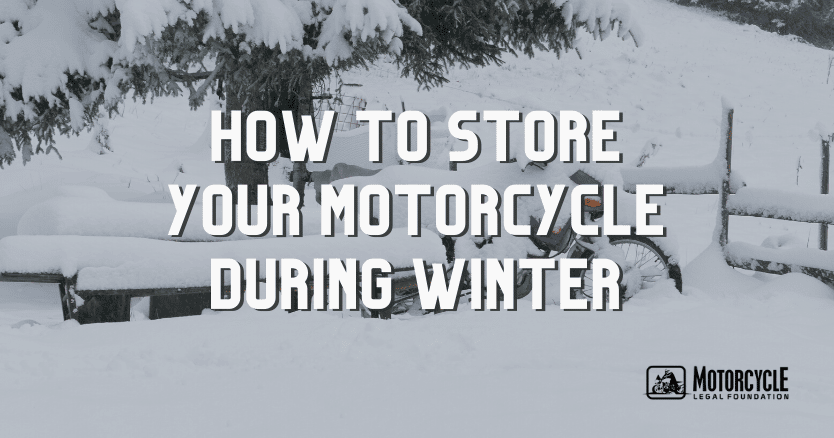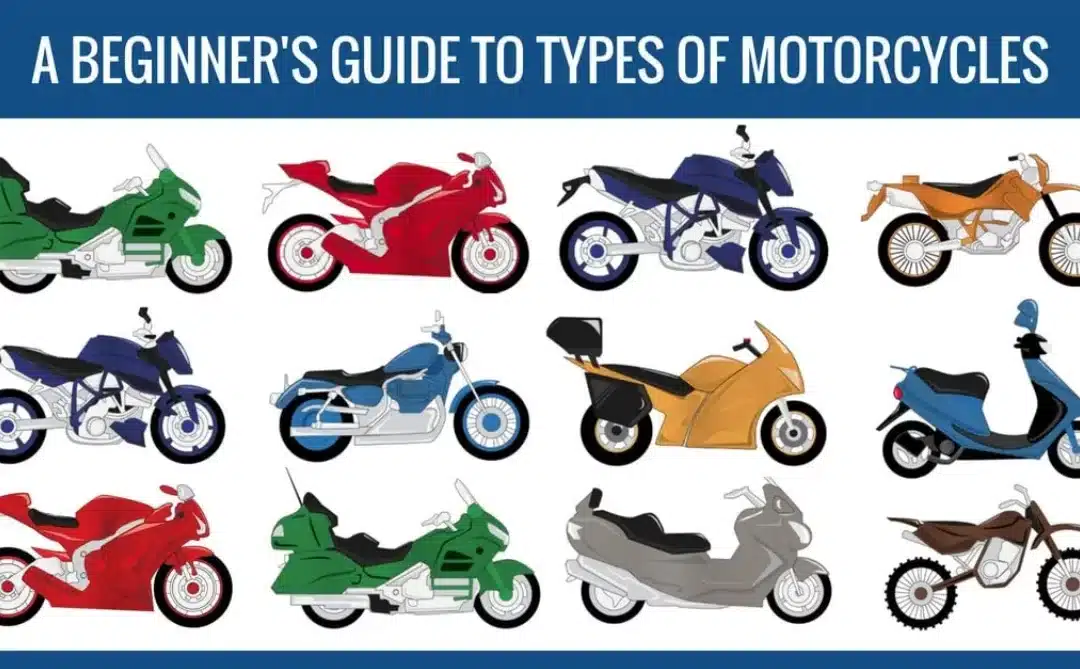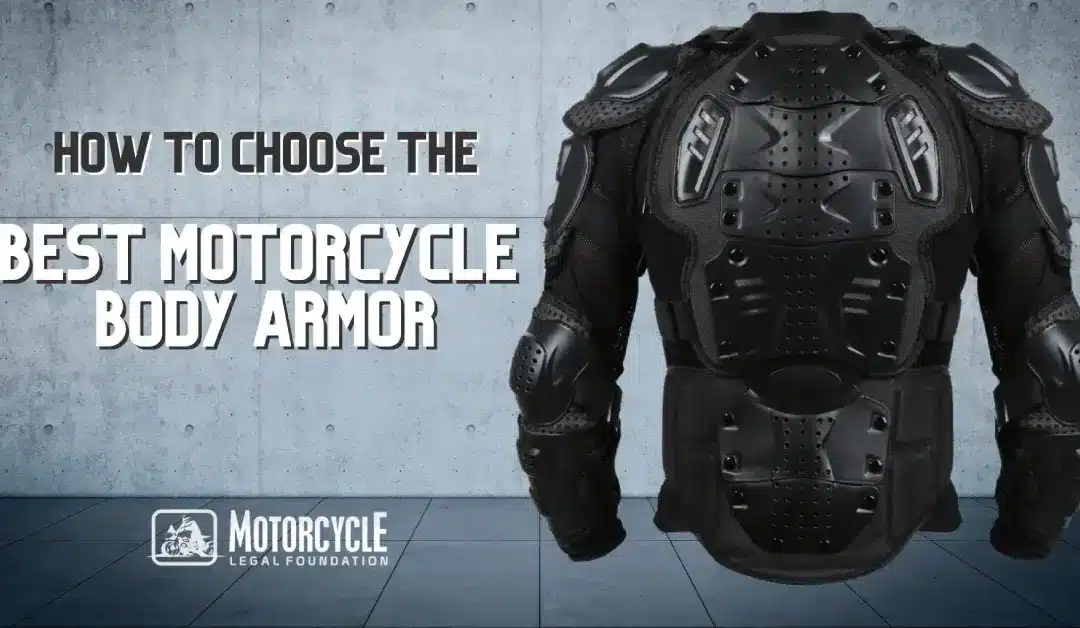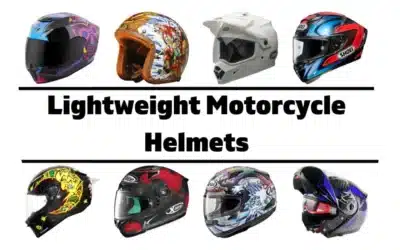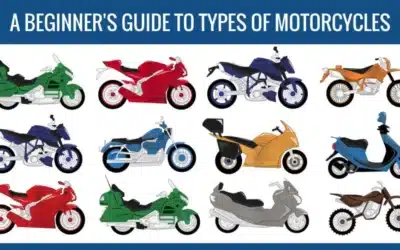As a motorcycle owner and rider, you know that the time spent during the riding season to keep your motorcycle clean and serviced returns dividends in terms of enhancing its appearance and prolonging the life of the engine and other mechanical parts. Many riders who read that first sentence while nodding in agreement also believe motorcycle winter storage means parking a motorcycle in a garage or a storage unit and covering it with a tarp or an old blanket.
If you find yourself sheepishly nodding in agreement with that last statement about motorcycle winter storage, then you’ve come to the right place. The goal of storing motorcycles during winter is more than just protecting them from the elements. When the riding season returns, the steps you take when storing it for the winter could mean the difference between finding a dead battery, rusted metal surfaces, and a fouled carburetor or a motorcycle that looks as good and is as mechanically sound as it was after your last ride of the season.
We’ve put together a good deal of information about the whys and hows of storing a motorcycle for the winter. Feel free to adapt it to the type of winter weather generally found where you live. Whether you live where the winters are mild and balmy or frigid cold with mountains of snow, four winterize motorcycle checklist includes all of the essential things to do whenever you need to store your motorcycle for any extended length of time, and it can be easily adapted for all weather conditions. Your motorcycle will thank you for the extra TLC you give it this winter.
Complete Guide To Motorcycle Winter Storage
Winter storage is more than protecting your motorcycle from rain, snow, sleet and other nasty things to come with winter in most parts of the country. The maintenance that you do now will go a long way toward ensuring that you’re ready to ride once the riding season arrives again in a few months.
Even if you have every intention of riding throughout the winter, you may discover from a look back at last year that neither you nor your motorcycle got out much. Don’t feel guilty. There are many reasons why riding during the winter may not be a good idea, including:
- The wind-chill caused by traveling at highway speeds can create dangerously low temperatures that may cause hypothermia and frostbite.
- Warm tires offer better traction than cold ones, so there is an increased danger of losing control of your motorcycle until you ride long enough for the tires to warm up.
- Snow, ice, and freezing rain make road surfaces slippery and hazardous when only relying on two wheels for control.
- Potholes caused by the road surface freezing and thawing are obstacles that may cause you to crash should you run into one.
- Sand and salt spread on the road to improve traction during the winter build up and become a danger for a motorcycle that can skid and crash.
- The cold temperatures you experience while riding can be a distraction that prevents you from focusing on the road and maintaining control of your motorcycle.
Riding during the winter subjects you and your motorcycle to conditions that challenge your ability to be safe and avoid accidents. Another thing to keep in mind about riding during the winter is the need to dress to stay warm. In other words, you need a motorcycle jacket to battle the elements.
Winter and Motorcycles: Common Issues
Winter weather varies depending on where you live, but it may include cold, freezing temperatures, rain, snow and sleet. Weather conditions take a toll on the condition of a motorcycle, including:
- Rust: Moisture remains on metal surfaces causing them to rust, and it’s not just exterior surfaces, such as rims, spokes, and exhaust pipes. Metal parts that you cannot see, including the inside of your gas tank, can be damaged by rust.
- Battery: Batteries maintain their charge through a chemical reaction that can be affected by cold temperatures.
- Loss of viscosity: Engine oil and fuel may thicken in cold weather. This loss of viscosity can leave your engine with sticky deposits in the engine and carburetor.
- Deformed tires: Leaving a motorcycle parked for an extended period may cause tires to flatten at the point where they make contact with the ground. Tires may also become dry and crack.
- Cracked wiring: Freezing temperature may cause wires in your motorcycle’s electrical system to crack and result in short circuits.
- Vinyl seats: Freezing temperatures cause vinyl seats to dry out and crack.
You can avoid problems by going through a winterization process before storing a motorcycle for winter.
Want Cheaper Motorcycle Insurance?
Start saving today with a free quote from our trusted insurance partner.
How to Store a Motorcycle for Winter
If you want to protect your motorcycle from the perils of winter, here are steps to take before storing it that will reduce the risk of costly repairs when riding season rolls around:
- Change the oil and replace filters: Engine oil breaks down because of the extreme heat and combustion gasses it gets exposed to when you ride. Leaving used oil in during winter storage may allow acids to damage internal engine parts. Changing the oil and filter now means you have one less thing to do in the spring. Also keep in mind that if you intend to ride during the winter, use an oil rated for cold weather. It has a different viscosity than the oil you run on during warmer months.
- Fill the gas tank and add fuel stabilizer: You may have heard other riders talking about how they drain their gas tanks when storing a motorcycle for winter. Unless you are storing your motorcycle for more than six months, draining the gas tank is not necessary. An empty gas tank is prone to moisture accumulation that may cause rust to form on the interior walls of the tank unless you use a fogging oil to prevent it. A better option for winter storage is to fill the tank with gas, add a fuel stabilizer, and let the engine run for a while to circulate the stabilizer throughout the fuel system before putting the bike away for the winter.
- Clean all exterior surfaces: All of the dirt, grime and remains of dead insects that you pick up on the exterior surfaces of your motorcycle become more difficult to remove without damaging the paint and metal surfaces the longer you wait to wash them off. Take care of it now by thoroughly washing all exterior surfaces or using a waterless cleaner and applying a liquid polish or a paste wax to protect the finish. While you’re at it, use a specialized cleaner on leather seats and finish the job with a leather conditioner.
- Make sure all moving parts are lubricated: Start with the chain by giving it a thorough cleaning to remove all grease and dirt that has accumulated. Finish by lubricating it using a lubricant specifically made for motorcycles. While you’re at it, lubricate all moving parts, including cables and controls.
- Battery: As a general rule, it has to get really cold for a fully charged motorcycle battery to freeze even if storing a motorcycle in an unheated garage or shed. Of course, the challenge is how to keep a motorcycle battery charged during the winter. If you store the motorcycle near a power source, hook the battery to a battery tender or a battery maintainer. The devices work by monitoring the voltage stored in the battery and charging it as needed to keep it fully charged while in storage. If storing a motorcycle outside in the winter away from a power source, then remove the battery, bring it indoors, and connect it to a battery tender or maintainer.
- Cover or plug exhaust pipes and airbox openings: To prevent an exhaust pipe or airbox from becoming home to rodents and other creepy, crawly critters plug the openings with inexpensive plugs specifically designed to keep unwanted guests and moisture from damaging your motorcycle. If storing a motorcycle outside in the winter, plugs are essential items.
- Tire care – avoiding flat spots: When a motorcycle is parked for months at a time, its weight is supported by one spot on each tire, which can leave a flat spot in the tire. Lift stands prevent damage to tires by keeping them from making contact with the ground. The alternative to a lift stand is to keep the tires inflated to its recommended pressure and move the motorcycle every couple of weeks. Drop tire pressure about 20 psi when elevated the tires off the ground.
- Check engine coolant: The purpose of coolant, which is actually a mix of antifreeze and water, is to cool a motorcycle’s engine when riding and protect it from freezing when temperatures drop. Flush the old coolant from your engine and replace it with at least a 50-50 mix of antifreeze and water, which will prevent freezing in temperatures of minus 30 degrees. You also can use a pre-mixed coolant that will indicate on the container the cold-weather protection it gives you.
- Find the right location for winter storage: A secure, enclosed and heated space would be the ideal location for storing a motorcycle in the winter. Unfortunately, an unheated garage, shed or rented storage unit is more typical of the options available. For many people, storing a motorcycle outside is the only option. One way to add protection is by using an all-season motorcycle cover. Get a cover that fits your motorcycle and has straps to keep it securely fastened and in place.
One thing to be mindful of when storing a motorcycle is security. Whether storing a motorcycle outside in the winter or in a garage or other enclosed structure, secure it properly to make it difficult for someone to steal it.
Conclusion
Unless you live where favorable weather conditions make year-around riding possible, you need a plan for winter motorcycle storage. Throwing a cover over your motorcycle and expecting it to be in riding condition when spring weather comes around is unrealistic. It can also be expensive when a fouled engine and rusted internal components need to be repaired or replaced.
Use the motorcycle storage winter checklist from this article to get your motorcycle ready. The small amount of time and effort will go a long way toward ensuring that your motorcycle will start and be ready when you are ready for that first ride of the season.
Motorcycle Parts for All Makes and Models
Everything from basic to high-end. Motorcycle parts that will fit your bike and budget.

